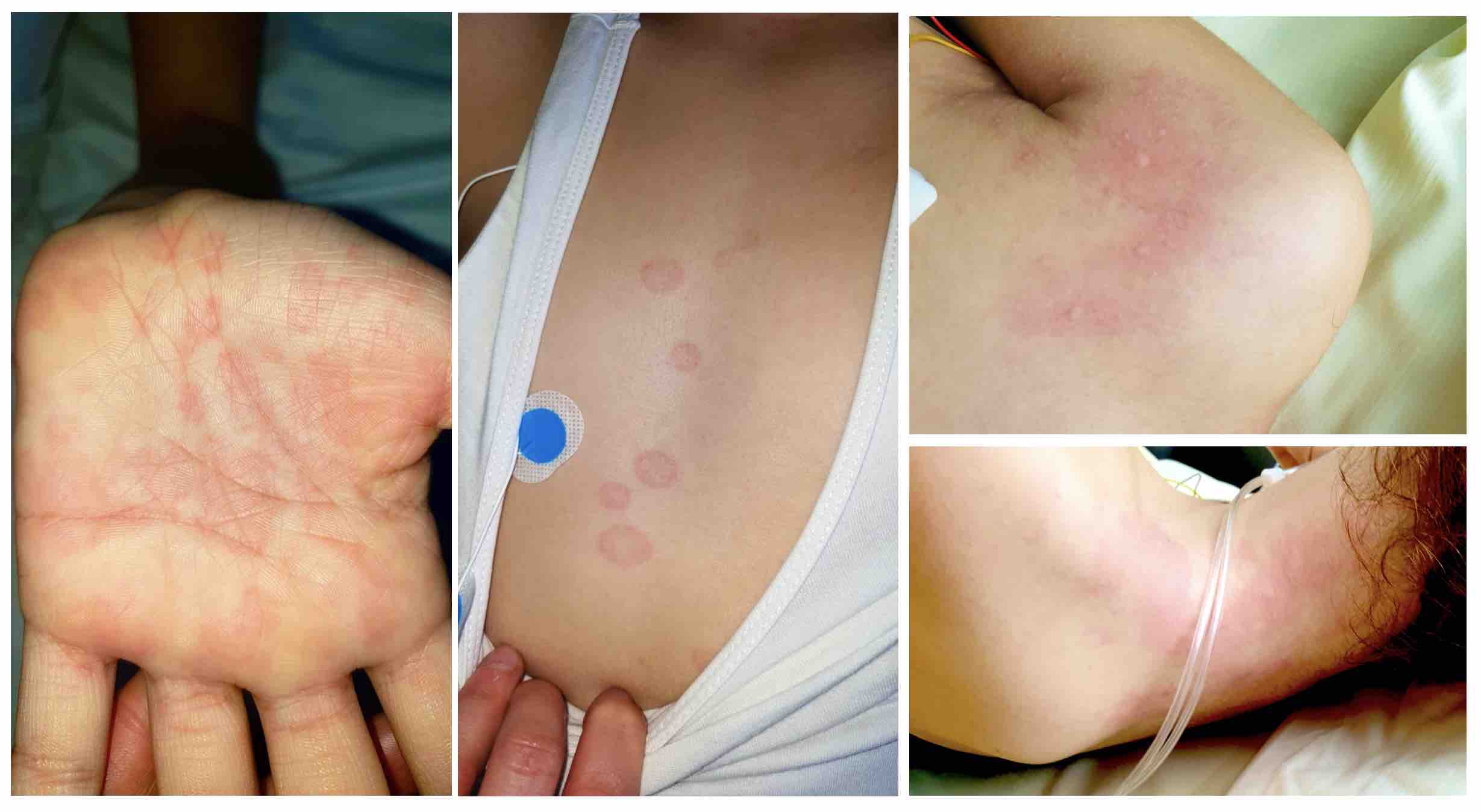Dr. Tomisaku Kawasaki, a Japanese paediatrician first identified Kawasaki disease (KD). It’s an inflammatory disease mostly affecting children below 5 years of age. This disease is more prevalent in Japan. According to a study based in the US, infants and toddlers belonging to the Asian and Pacific Islander ancestry were affected more by this disease compared to children of other ancestries. The reasons for KD have not been clearly identified yet but experts find a correlation between common respiratory infection and Kawasaki Disease.
Association between Kawasaki Disease and COVID-19
Experts have been highlighting a possible correlation between Kawasaki disease and Covid 19. According to a study, when the coronavirus first began in the year 2019, not many reports of children being affected were coming out. In the second wave when more and more children started getting affected, warnings started being released that there is an association that is being observed between COVID-19 and KD. This was done both in Europe as well as the USA.
In India too, doctors are observing this phenomenon. According to Dr. Sanjeev Ahuja, Consultant in Pediatrics and Neonatal intensive care, L H Hiranandani Hospital, Mumbai, “A new trend is getting observed in this second wave. After the cases of mild symptoms of corona like fever etc., things are getting normal through home quarantine but after a few weeks, a multi-inflammatory syndrome gets evident in some individuals. There is fever, rashes in the body, tongue turns red; which is called the strawberry tongue, congestion in eyes, etc. This is also known as Kawasaki disease. It's not very common but in some small children after a few weeks of covid infection, this syndrome is getting observed. It can be potentially fatal and immediate doctor consultation is required if symptoms get very severe.” He pointed this out in a conversation with Medicircle.
Since the second wave has come up with more cases of children. It’s a time to do more research on this connection which would help health practitioners and laymen alike in understanding the extent of connection between COVID-19 and KD and the geographic areas in which these connections are more evident so that appropriate steps can be taken accordingly.

 Kawasaki disease is more prevalent in infants and toddlers. It begins with rashes on the body and then high fever. The skin starts peeling off. This disease affects lymph nodes and mucous membranes and can affect heart, liver etc. in the severest form. It is a treatable disease. Experts are seeing a possible connection of it with COVID-19.
Kawasaki disease is more prevalent in infants and toddlers. It begins with rashes on the body and then high fever. The skin starts peeling off. This disease affects lymph nodes and mucous membranes and can affect heart, liver etc. in the severest form. It is a treatable disease. Experts are seeing a possible connection of it with COVID-19.









.jpg)


.jpeg)






.jpeg)





.jpg)





